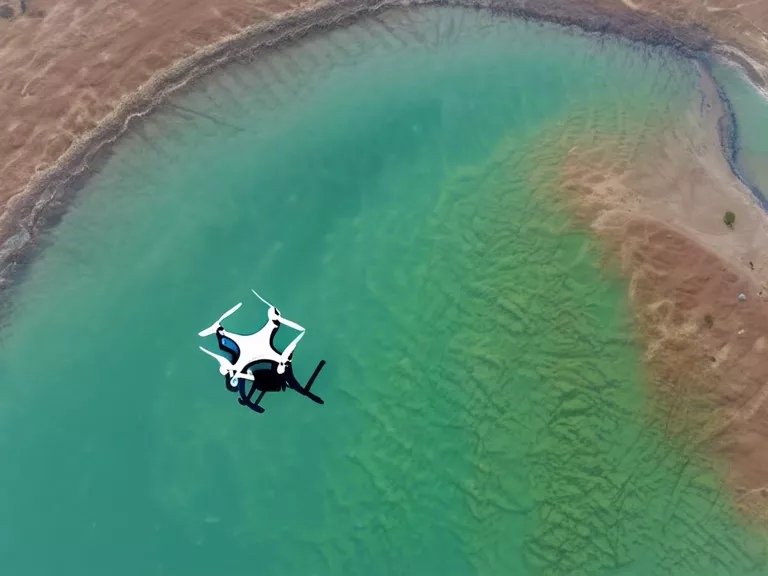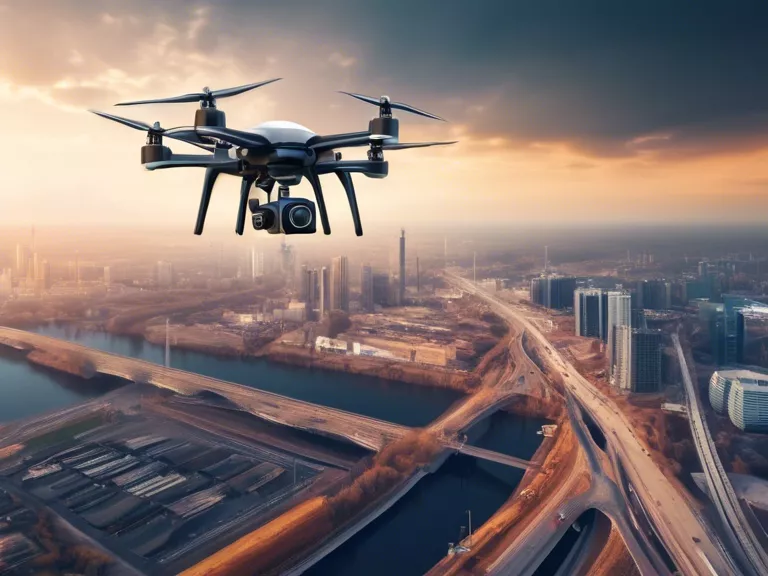
Robotics technology has been making significant strides in the field of precision agriculture, offering a promising solution to reducing human error in farming practices. With advancements in robotics, farmers can now automate various tasks such as planting, monitoring crop health, and applying fertilizers with precision and efficiency. This article explores the role of robotics in enhancing agricultural practices and how it can contribute to increased productivity and sustainability in the agricultural sector.
One of the key benefits of incorporating robotics in agriculture is the reduction of human error. Traditional farming practices heavily rely on manual labor, which is prone to inconsistencies and inefficiencies. Human errors in tasks such as planting seeds at incorrect depths, applying uneven amounts of fertilizers, or missing signs of crop diseases can lead to decreased crop yields and financial losses for farmers. By integrating robotics into these processes, the chances of errors are significantly minimized, resulting in more accurate and reliable outcomes.
Robotics technology enables precise and consistent application of inputs such as fertilizers and pesticides, ensuring that crops receive the right amount at the right time. Automated machinery equipped with sensors and cameras can monitor crop health and detect early signs of diseases or pests, allowing farmers to take immediate and targeted actions. This proactive approach not only minimizes crop damage but also reduces the need for excessive use of chemicals, promoting sustainable farming practices.
Furthermore, robotics can improve operational efficiencies on farms by completing tasks faster and with higher accuracy than human labor. For example, autonomous tractors can work around the clock without fatigue or breaks, resulting in increased productivity during critical planting and harvesting seasons. By optimizing resource allocation and reducing waste, robotics can help farmers save time, labor costs, and resources while maximizing yields.
In conclusion, the integration of robotics in precision agriculture plays a crucial role in reducing human error and improving overall farm management practices. By harnessing the power of technology, farmers can enhance productivity, increase sustainability, and mitigate risks associated with traditional farming methods. As robotics continue to evolve and become more accessible to farmers of all scales, the future of agriculture looks promising with increased efficiency and precision.



